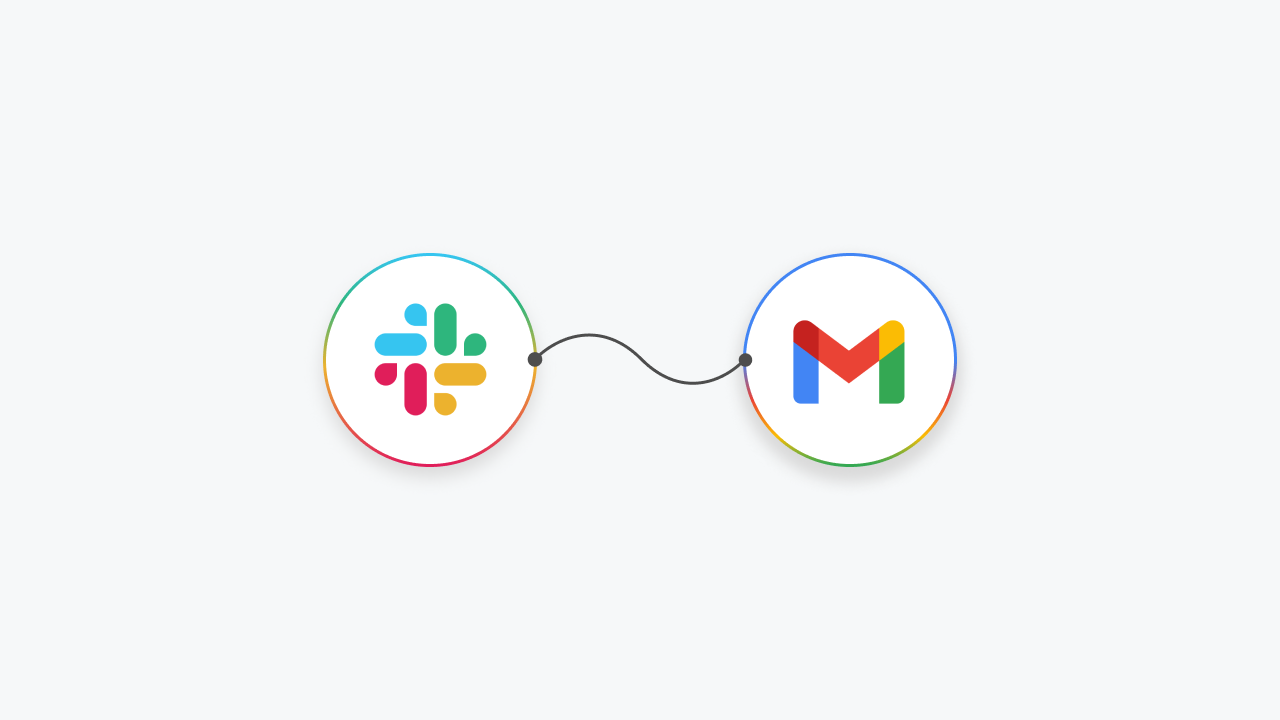Slack is the best team collaboration platform used by most companies for better conversations with the team in one place. The platform allows sharing the documents to nerdy codes in one place using different channels.
What if an important email is received from your organization, but you cannot address it as you are busy following Slack and working on other things?
Is juggling between Gmail and slack bothering you on a busy day at work?
If YES, solve this with Quickwork Automation by triggering Gmail to send messages to the slack channel. You can simply check your Emails and even discuss the actions and follow-up with your teams.
Want to know how?
Here are the simple steps to integrate Gmail and Slack without a single code using no code automation platform.
What do you need to get started?
- An active Gmail account
- A Slack account with a separate channel to be created for receiving the emails there.
- An account on Quickwork platform ( Register before you get started)
Let’s start your journey,
Go to ‘Folders,’ Create one, Start Journey by clicking on the ‘Journey’ tab.
Add a new ‘Trigger’ from the apps; in this case, as you will couple Gmail with Slack, Select ‘Gmail’ from the drop-down menu.
Next, choose the Trigger Event ‘ Get Email’ where it triggers when a new email is received in Gmail. Establish the connection with your Gmail through authentication.
Select the ‘Label’ in which you want to receive the organized emails in your Gmail account. For instance, if you’re receiving the emails that come into your ‘inbox,’ select ‘inbox.’
Great! Your Gmail is successfully linked with Quickwork. Now it’s time to take the following steps to couple the Slack channel.
When you enter into the ‘Steps,’ you can see two options: ‘Simple Action,’ and the other is ‘Business Logic.’
Go to the ‘Simple Action,’ Select ‘Slack’ from the Apps. Click on ‘Send a message to a channel.’
Now, select the channel you prefer to receive for emails on Slack.
You are all set! All you need to do is drag and drop or just click on the Subject and body as HTML or plain text from the ‘Data Tree Output’ displayed in the right corner.
Now, the magic will begin when you hit ‘Save and Start.’ Your journey is successfully started.
You will be redirected to the History tab and check your journey’s status by hitting the ‘Refresh’ button.
Holaa! You did it all without any complex code!
Just register on the best workflow automation platform for efficient workflow management if you haven’t tried it yet.








